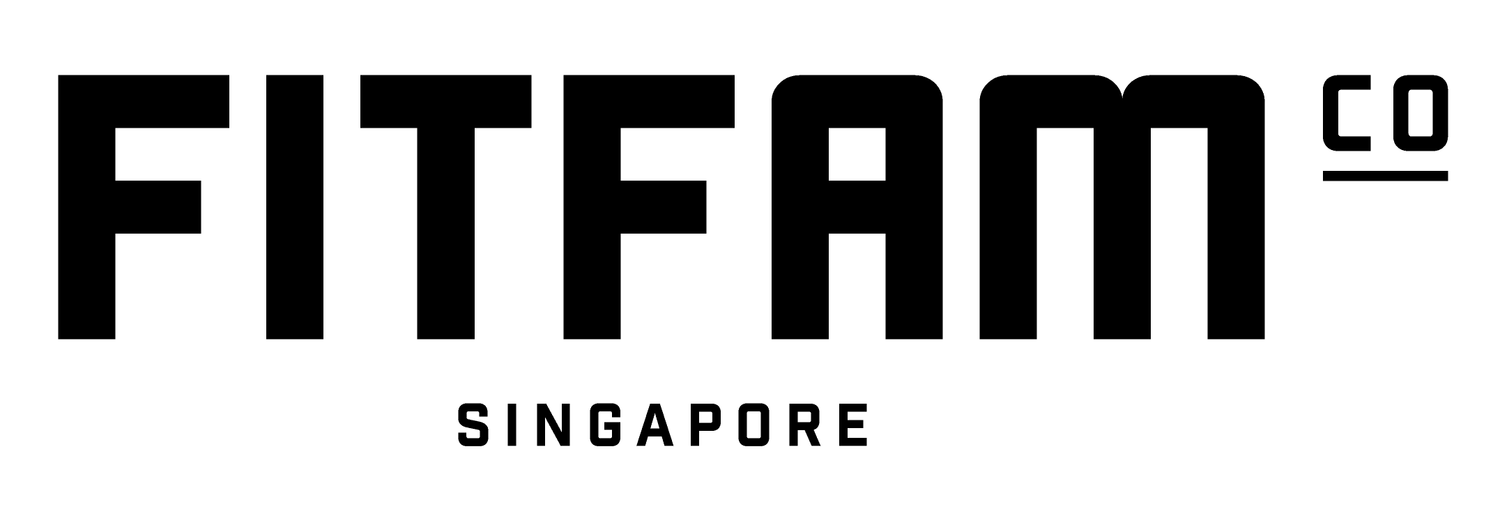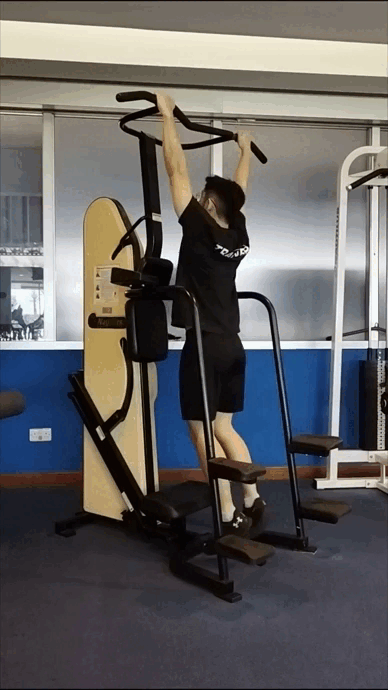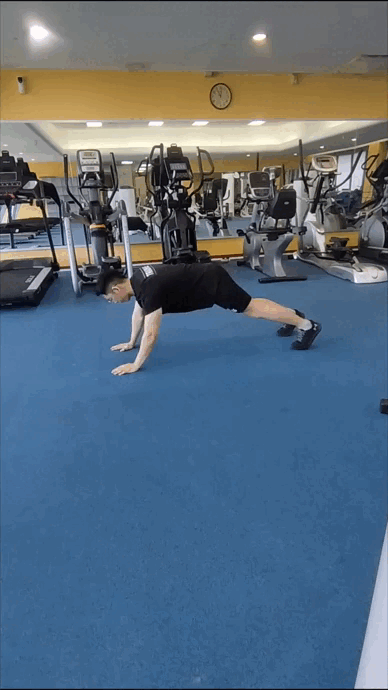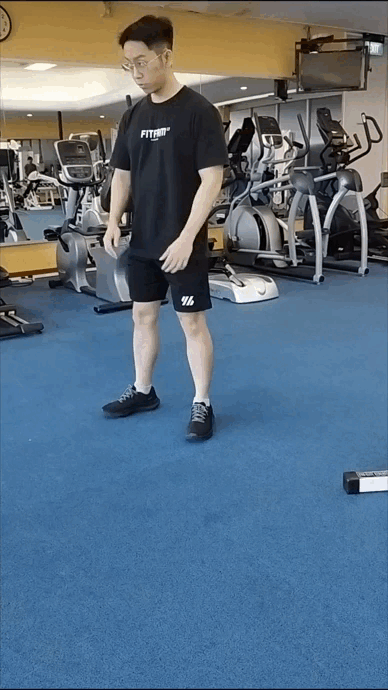4 Simple and effective bodyweight exercises
Beginning Your Bodyweight Fitness Journey
Embarking on your fitness journey, a bodyweight workout plan presents a practical and effective strategy to reach your fitness goals. This plan offers a customizable bodyweight exercise routine that can be tailored to your unique needs, regardless of whether you’re a seasoned athlete or a beginner.
What are bodyweight exercises?
Bodyweight exercises are a form of strength and resistance training utilizing the resistance offered by your own body weight. These exercises are designed to enhance muscle development, boost endurance, and enhance overall fitness. They harness your body's inherent resistance against gravity and, notably, necessitate no supplementary equipment or weights. Their versatility enables you to perform them practically anywhere, rendering bodyweight exercises at home a convenient and economical means of maintaining physical fitness.
Discovering the Best Bodyweight Exercises
There's no definitive 'best' when it comes to bodyweight exercises—it all boils down to personal preference. In this blog, we'll delve into popular imple bodyweight exercises like push-ups, pull-ups/chin-ups, squats, and planks. They are known to build strength, agility, and cardiovascular health, while also improving balance, coordination, and flexibility. They are easily adaptable to any fitness level and require little to no equipment.
Why choose bodyweight exercises
1. Functional movements
Bodyweight workouts are instrumental in honing functional movements that mimic the actions we commonly perform in daily life. Take, for instance, rising from a chair, which essentially replicates a squat. Incorporating these exercises into your routine not only enhances your fitness but also facilitates smoother, more effortless execution of everyday tasks.
2. Requires no or little equipment
Bodyweight exercises typically demand no additional equipment, making them highly accessible. Consider push-ups, which can be executed virtually anywhere with a flat surface. In the case of pull-ups, while it's advisable to have access to a pull-up bar, you can often find one at a nearby park or purchase an affordable one for home use.
3. Builds muscle
Contrary to popular belief, it is entirely possible to build muscle exclusively through bodyweight training. Your body does not differentiate between weights and body weight as resistance; as long as you challenge your muscles with resistance, they can indeed grow and strengthen.
4. Good for beginners
A bodyweight workout program serves as an excellent starting point for those new to weight training or individuals looking to rekindle their fitness journey. A beginner bodyweight workout provides a foundational platform to master movement patterns and establish essential strength levels before transitioning to more advanced training with dumbbells or other equipment.
As you progress, you can incorporate more advanced variations of these exercises into your easy bodyweight workout. For instance, one-legged squats or decline push-ups can be added to your simple bodyweight routine.
1.Push ups
Muscles worked:
Chest, shoulders and triceps
Tips:
Maintain a straight line from your head to your heels throughout the exercise.
Keep your core engaged to protect your lower back.
If you're a beginner, you can start with modified push-ups by doing them on your knees instead of your toes.
Starting Position:
Begin in a plank position with your hands slightly wider than shoulder-width apart.
Your body should form a straight line from head to heels.
Keeping your core engaged.
Execution:
Lower your body by bending your elbows while keeping them close to your sides.
Continue lowering until your chest is close to the ground or hovers just above it.
Push your body back up to the starting position by straightening your arms.
Repeat the motion for the desired number of repetitions.
2.Pull ups/chin ups
Muscles worked:
Back and biceps
Tips:
Focus on engaging your back rather than relying solely on your biceps.
Avoid using excessive momentum or swinging.
Use a resistance band for assistance if you are unable to perform a pull-up
Starting Position:
Find a horizontal bar or pull-up bar overhead.
Stand or jump to grasp the bar with your palms facing away from your body (overhand grip).
Hang with your arms fully extended.
Execution:
Pull your body upwards by bending your elbows and squeezing your shoulder blades together.
Pull until your chin clears the bar or reaches it.
Slowly lower your body back down to the starting position with control.
Repeat for the desired number of repetitions.
3.Planks
Muscles Worked
Abs (Transversus abdominis, Rectus abdominis, Internal oblique, External oblique muscles)
Tips:
Focus on keeping your core muscles tight and your body in a straight line. Don't let your hips drop or push them too high, and keep your neck in a neutral position to avoid straining it.
Breathe regularly; don't hold your breath.
Start with shorter holds and gradually increase the duration as you get stronger.
Starting Position:
Begin in a face-down position on the floor.
Place your forearms flat on the ground, with your elbows directly under your shoulders.
Keep your toes tucked under and rest on the balls of your feet.
Engage your core muscles to create a straight line from your head to your heels.
Your body should form a plank-like position, and your neck should be in a neutral alignment with your spine.
Execution:
Hold this position, maintaining a straight line from head to heels.
Keep your core muscles engaged and avoid arching your lower back or sagging your hips.
Breathe steadily throughout the exercise.
Aim to hold the plank position for a specific amount of time or for as long as you can maintain proper form.
It's important to maintain proper form even if it means holding the plank for a shorter time. Remember that the plank is an isometric exercise, meaning you hold a static position. It's excellent for building core strength and stability.
4. squats
Muscles worked
Quadriceps, hamstring and glutes
Tips:
Maintain a neutral spine with your back straight and chest up.
Keep your weight on your heels, not your toes.
Engage your core to stabilize your torso.
Starting Position:
Stand with your feet shoulder-width apart.
Keep your chest up and your shoulders back.
Extend your arms in front of you for balance.
Execution:
Lower your body by bending your hips and knees.
Imagine sitting back into a chair as you lower yourself.
Keep your knees in line with your feet; don't let them go past your toes.
Go as low as your flexibility allows or until your thighs are parallel to the ground.
Push through your heels to return to the starting position.
Repeat for the desired number of repetitions.
A calisthenic workout, a specific form of bodyweight training that emphasizes compound movements, is another powerful tool in your fitness toolkit. This approach taps into the power of your own body weight to sculpt a lean and resilient physique. Calisthenic training not only helps to develop strength, but also flexibility, balance, and coordination. It’s a fantastic full-body workout and an excellent way to build strength and muscle.
In conclusion, whether you’re just starting out or looking to level up your fitness routine, bodyweight exercises offer a versatile and efficient approach to achieving your fitness goals. Remember, the key is to start where you are, use what you have, and do what you can.
While you’re mastering these bodyweight exercises, you might be wondering how to further improve your muscle development. Don’t worry, we’ve got you covered. Check out our companion post, ‘3 ‘Must-Knows’ for Effective Muscle Building’, for more insights. Happy training!





